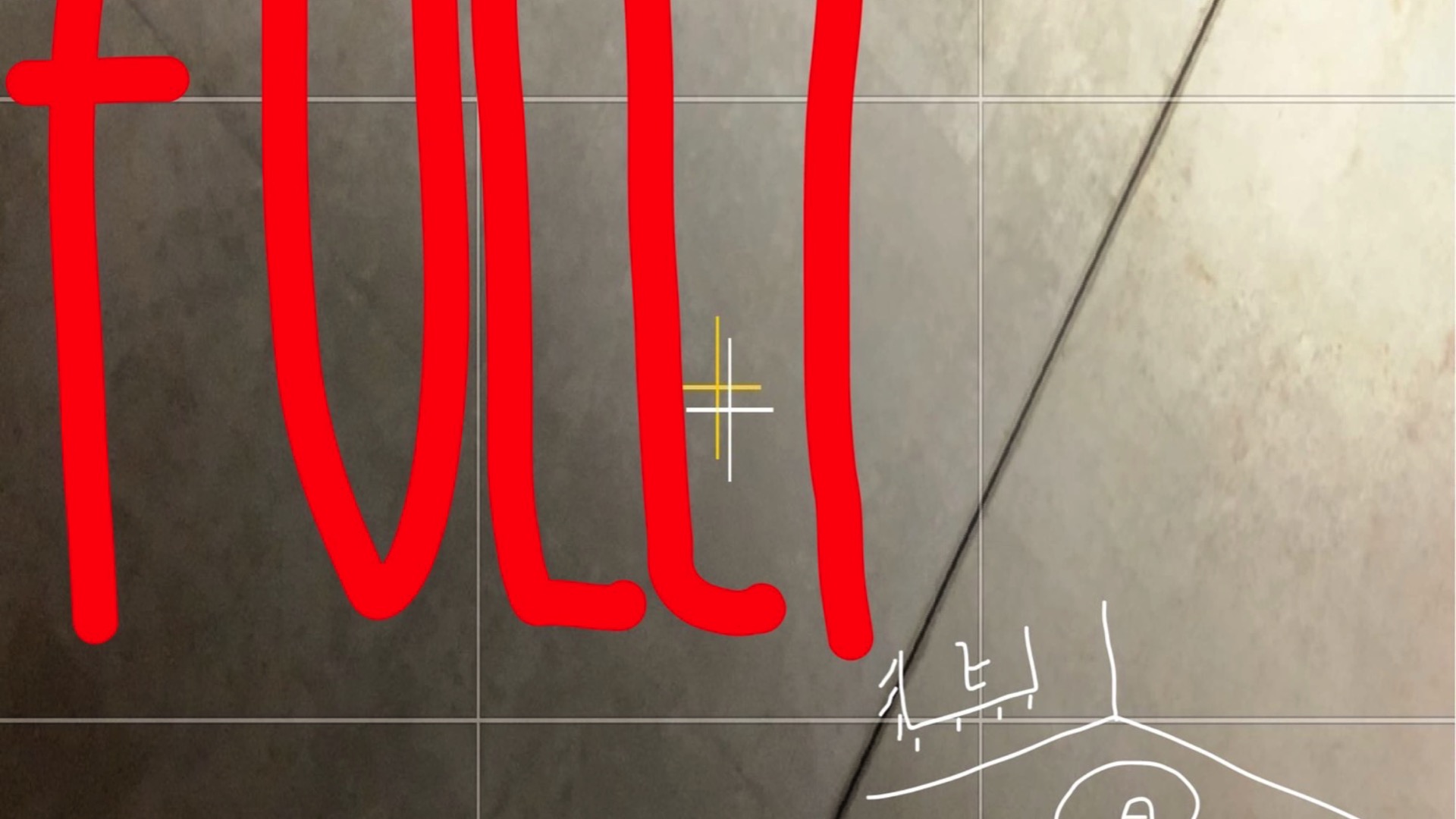Folly is the keyword of my project, with the narrative and structure of Folly being the main focus of the project.
In the design concept, folly determines that narrative is the framework of design and ultimately it is narrative oriented design. Hoarding provides a specific narrative. The installation attempts to recreate the scene of the dog cage my grandmother used to hoard things. My grandmother is a hoarder and the filled dog cage is evidence of the ‘after-effects’ of the 1950s and 1960s when China experienced a time of poor supplies.
As architecture, folly is subjectively considered to have a use that seems less important than the striking design, cloaked in uselessness. Folly is the reason that the dog cage deliberately looks unrecognisable, a disordered structure is the result of a deconstruction that I wish had been architectural style. Deliberately unrecognisable structures exist by erasing function, for example, an unusable ladder and open cage, showing us how easy it is to falsify utility, initiating a tease of practicality. folly offers a opportunistic trick in an effort to create conversation, to make the illogical humorous and human. The pile of useless things is what hoarding appears to be, when in fact it is not what it appears to be, but a life strategy and conceptual awareness of making the best of things. The pile of useless things, which is also what folly looks like, but it”s not, it”s a way of creating conversation. For folly’s research, the outputs of the research include field research and secondary research. Some of the outputs of the research are retained until they finally became part of the project.






